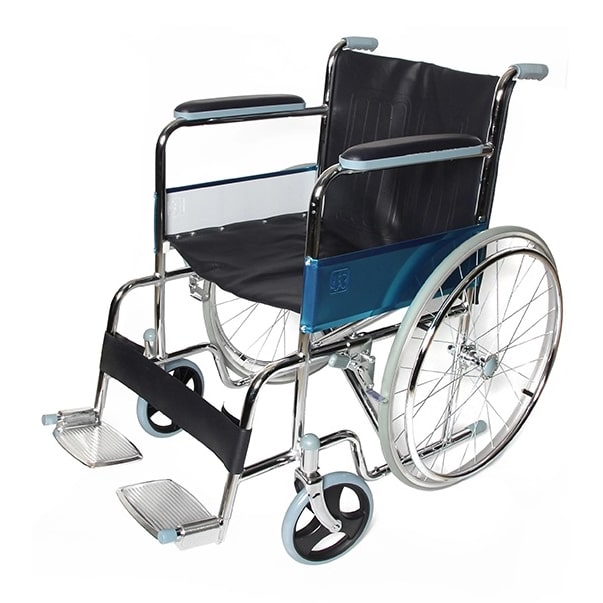How to use a wheelchair safely
Using a wheelchair safely is essential to ensure the well-being and mobility of the person using it. Here are some important guidelines to follow:
1. Learn Proper Techniques:
- Before using a wheelchairs, receive proper training from a healthcare professional or physical therapist on how to operate and maneuver it correctly.
- Understand how to move forward, backward, turn, and navigate obstacles.
2. Choose the Right Wheelchair:
- Ensure that the wheelchairs is the appropriate size and type for the user’s needs. An ill-fitting wheelchairs can lead to discomfort and safety risks.
- Make sure the brakes and locking mechanisms are functioning properly.
3. Secure Seating:
- Adjust the wheelchair’s seating position to ensure proper posture and comfort.
- Use seat belts and any additional supportive devices if recommended.
4. Wheelchair Maintenance:
- Regularly inspect the wheelchair for any signs of wear or damage. Replace worn-out parts promptly.
- Keep the tires inflated to the recommended pressure.
5. Ascending and Descending Curbs and Ramps:
- Approach curbs and ramps slowly and at a straight angle.
- If ascending, lean forward slightly to prevent the wheelchair from tipping backward.
- When descending, lean slightly backward to prevent the wheelchair from tipping forward.
6. Navigating Obstacles:
- Approach obstacles such as door thresholds, uneven surfaces, or potholes carefully and slowly.
- Use assistance if needed or consider using alternative routes.
7. Braking:
- Use the wheelchair’s brakes when stopping to prevent unintended movement.
- Engage the brakes when transferring in and out of the wheelchair.
8. Transfers:
- When transferring to and from the wheelchair, use proper techniques to avoid falls or injuries.
- Use transfer boards, if necessary, to facilitate safe transfers.
9. Avoid Overloading:
- Don’t overload the wheelchair with heavy bags or objects that can affect its stability.
10. Clothing and Accessories: –
Wear appropriate clothing that won’t get caught in the wheelchair’s moving parts. – Avoid wearing loose shoelaces, long skirts, or dangling accessories that might get entangled.
11. Environmental Awareness: – Be cautious of potential hazards like wet floors, loose rugs, or cluttered spaces that could cause accidents.
12. Personal Health: – Maintain regular exercise and mobility routines to keep muscles strong and flexible. – Pay attention to skin health and pressure relief to prevent pressure sores.
13. Seek Professional Advice: – Regularly consult with a healthcare provider or physical therapist to ensure that the wheelchair is still suitable and adjustments are made as needed.
Remember that each individual’s needs and circumstances may vary, so it’s important to adapt these guidelines to the specific situation. Prioritize safety, proper technique, and ongoing communication with healthcare professionals to ensure the best outcomes while using a wheelchair.



